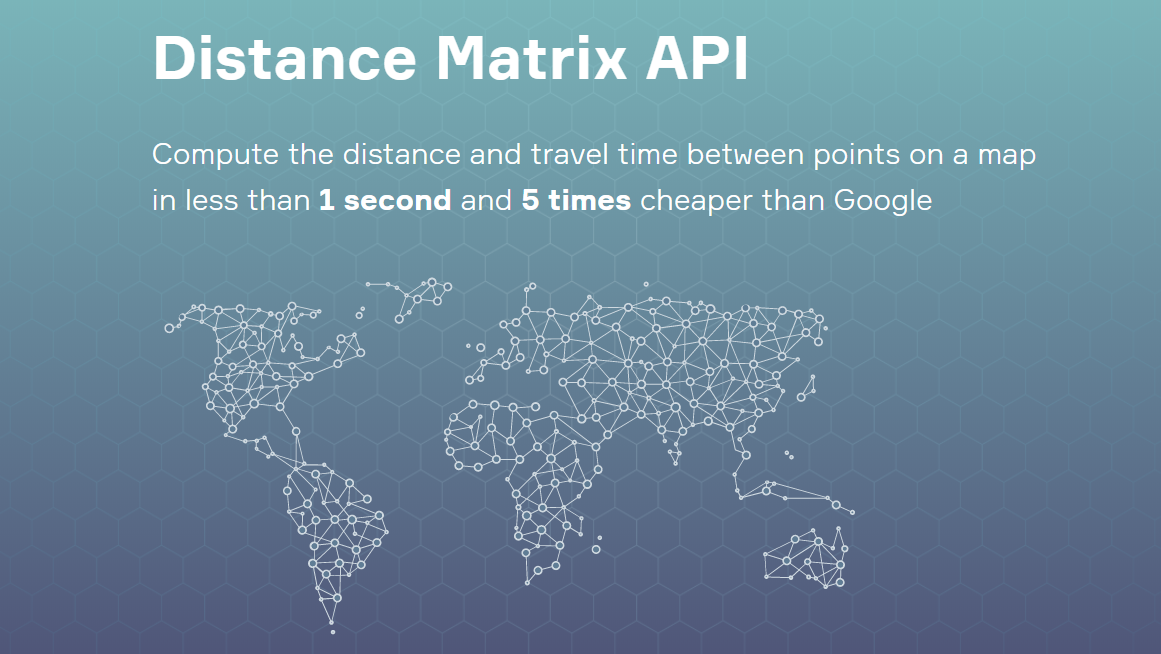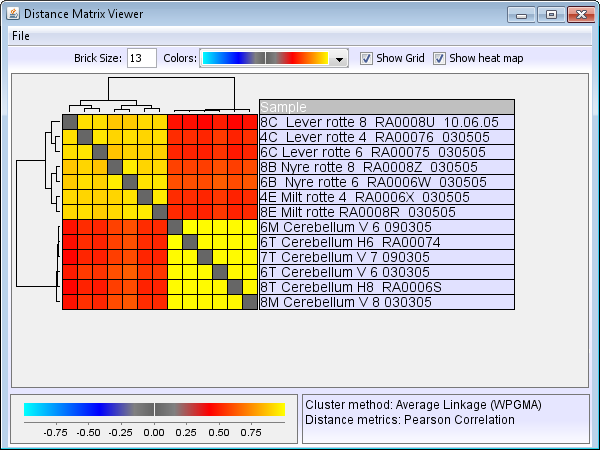
We performed simple Mantel tests for the correlation of genetic differentiation with geographic distance, barrier matrix, and environmental distance. The incongruent patterns found in areas of postglacial recolonization may show the presence of an additional refugial area for the fungal symbiont, and the impact that horizontal photobiont transmission and different mutation rates of the symbionts have on their genotypic associations at a continental scale. The correlations between genetic differentiation and geographic/environmental factors were determined by a combination of Mantel tests and matrix regression analysis with a distance matrix. Geographical distances were estimated as the shortest distance by sea between the locality pairs as determined by Google Earth. echinata, a genetic distance ( ST) matrix was compared with a geographic distance (km) matrix using the R package ade4. Procrustean rotation analysis and a distance congruence test between the fungal and algal population graphs indicated general concordance between the phylogeographies of the symbionts. To determine whether an isolation by distance pattern was prevalent in S. Based on a centroid approach, which localizes centres of genetic differentiation with a high frequency of geographically restricted alleles, we identified the South Italy–Balkan region as the primary glacial refugial area of the lichen symbiosis. We calculated the pairwise genetic distance matrices for the Mantel tests in Genodive using Jost’s D and pairwise geographical distance matrices using the Geographic Distance Calculator (Ersts, 2011) see Table S2 for pairwise geographical distances between populations of both species. pulmonaria thalli from 142 populations from the species' European distribution range. To study the population structure of an obligate symbiotic system in Europe, we genotyped the fungal and algal symbionts of the epiphytic lichen Lobaria pulmonaria at eight and seven microsatellite loci, respectively, and analysed about 4300 L. Due to the particular interdependence, processes such as colonization, dispersal or genetic drift are expected to result in congruent patterns of genetic structure in the symbionts. In lichen symbiosis, fungal and algal partners form close associations, often codispersed by vegetative propagules.


Widmer, Ivo Dal Grande, Francesco Excoffier, Laurent Holderegger, Rolf Keller, Christine Mikryukov, Vladimir S. In the fields of phylogeography and landscape genetics, biologists attempt to.
#GEOGRAPHIC DISTANCE MATRIX IN GENODIVE GENERATOR#
European phylogeography of the epiphytic lichen fungus L obaria pulmonaria and its green algal symbiont European phylogeography of the epiphytic lichen fungus L obaria pulmonaria and its green algal. The Geographic Distance Matrix Generator is a platform-independent Java application that implements the same powerful suite of spherical functions as the Perpendicular Distance Calculator to compute all pair wise distances from a simple list of geographic coordinates. The first three principal coordinates from the genetic distance matrix explain 50.8, 16.1, and 8.1 of the variation of genetic distance across populations, respectively, and the first three principal coordinates of the geographic distance matrix explain 73.2, 21.3, and 2.7 of the variation of geographic distance across populations.


 0 kommentar(er)
0 kommentar(er)
